Monsoon season, while a relief from the scorching summer heat, brings with it a surge in various health concerns, particularly fungal infections. The combination of humidity, dampness, and poor ventilation creates an ideal environment for fungi to thrive, leading to a rise in infections that can affect the skin, nails, and respiratory system. Understanding the types of fungal infections common during this season, their symptoms, and effective prevention and treatment strategies can help keep these pesky infections at bay.
5 Commom Fungal Infections During Monsoon and Their Prevention and Cure
1. Athlete’s Foot (Tinea Pedis)
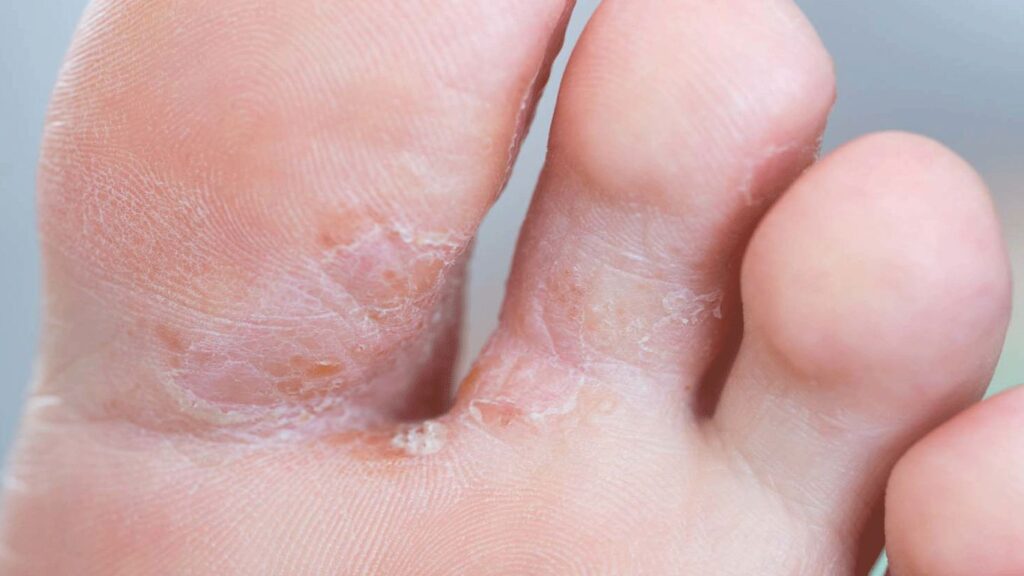
thlete’s foot, a fungal infection, primarily affects the spaces between the toes. Monsoon’s damp and warm conditions, caused by wet shoes and socks, create an ideal environment for the fungus to thrive. Symptoms include itching, burning, and cracked skin. Prevention involves keeping feet dry, promptly changing wet socks, and wearing breathable footwear.
2. Ringworm (Tinea Corporis)
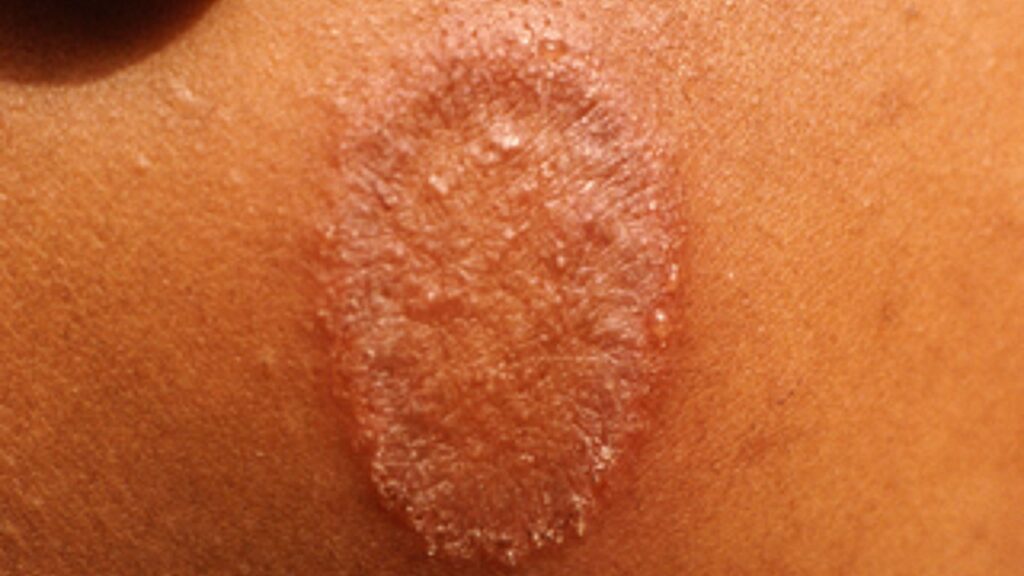
Ringworm is not a worm but a fungal infection that causes a red, circular, itchy rash on the skin. It can occur on various body parts, including the neck, underarms, and legs. Wearing damp clothes for prolonged periods increases the risk. To prevent ringworm, ensure your clothes are dry, and avoid sharing personal items like towels.
3. Jock Itch (Tinea Cruris)
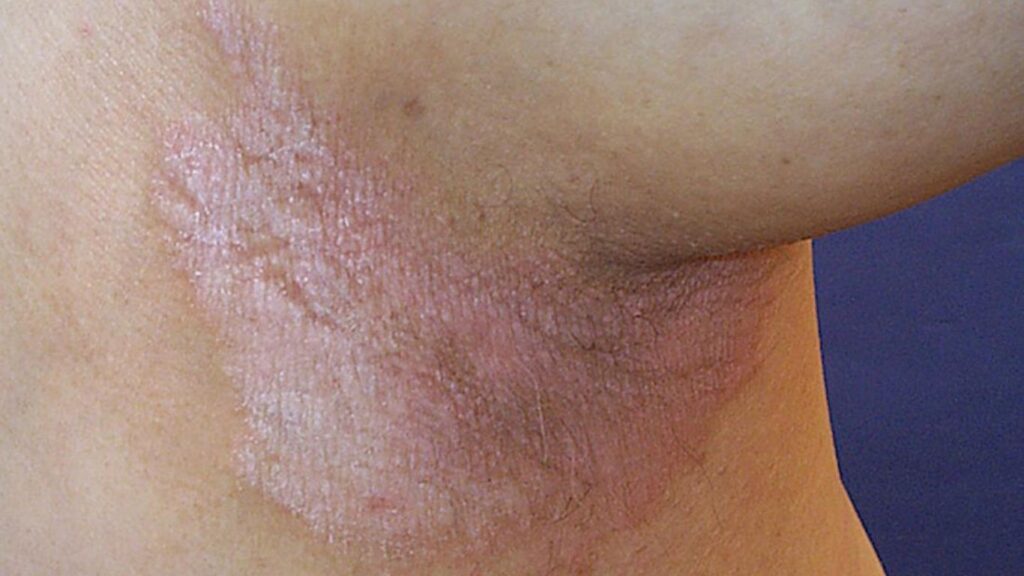
Jock itch affects the groin area, inner thighs, and buttocks, manifesting as a red, itchy rash. It thrives in moist, warm environments, which are common during the monsoon. Wearing loose, breathable clothing and keeping the affected areas dry can help prevent this infection.
4. Nail Infections (Onychomycosis)
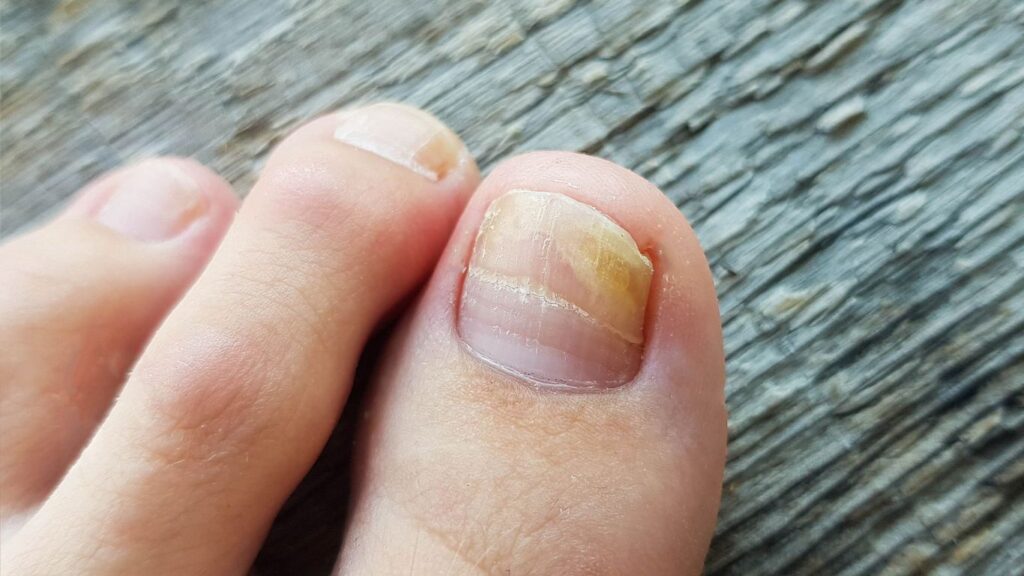
Nail infections are prevalent during the monsoon due to prolonged moisture exposure. These infections can cause nails to become discolored, thickened, and brittle. To prevent such infections, keep your nails trimmed and dry. Avoid walking barefoot in damp areas to reduce the risk. Proper nail care and hygiene are crucial during the rainy season to protect against fungal infections. Make sure to dry your feet thoroughly after getting wet and wear breathable footwear to minimize moisture retention.
5. Scalp Infections (Tinea Capitis)
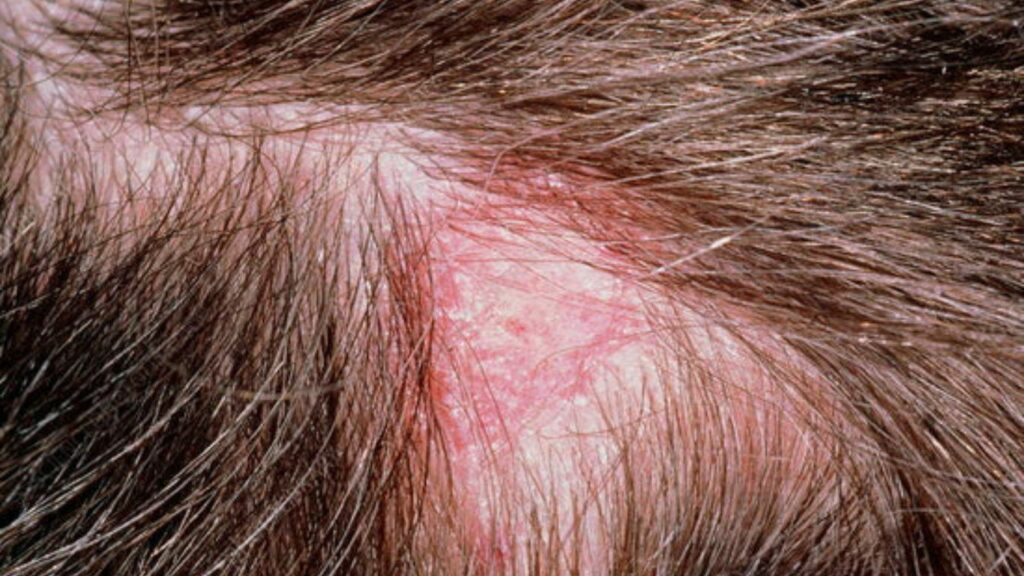
Scalp infections can impact the scalp, eyebrows, and eyelashes, causing itchy, flaky skin. Contributing factors include moist hair and poor scalp hygiene. To prevent these infections, it’s essential to wash your hair regularly and ensure thorough drying. Maintaining a clean, dry scalp environment reduces the risk of fungal growth. Good scalp hygiene practices, such as avoiding prolonged dampness and using antifungal shampoos if needed, can help keep infections at bay. Proper care and attention to scalp cleanliness are key to preventing these uncomfortable and sometimes persistent conditions.
Causes of Fungal Infections
Fungal infections are caused by exposure to fungi present in the environment. Factors contributing to the rise in fungal infections during the monsoon include:
- Humidity and Moisture: The high humidity and constant dampness during monsoon provide an ideal breeding ground for fungi.
- Poor Ventilation: Lack of proper ventilation in homes and workplaces can trap moisture, promoting fungal growth.
- Damp Clothing and Footwear: Wearing damp clothes and shoes for extended periods increases the risk of fungal infections.
- Weakened Immune System: Individuals with weakened immune systems are more susceptible to fungal infections.
Symptoms of Fungal Infections
The symptoms of fungal infections vary depending on the type and location of the infection. Common symptoms include:
- Itchy, red, or flaky skin
- Blisters or sores
- Discolored, thickened, or brittle nails
- Circular, ring-like rashes
- Scaly patches on the scalp
Prevention and Treatment
Prevention Tips:
- Keep Dry: Ensure that your skin, especially in areas prone to sweating, remains dry. Change out of wet clothes and footwear promptly.
- Personal Hygiene: Maintain good personal hygiene by regularly washing and thoroughly drying your body and hair.
- Breathable Clothing: Wear loose, breathable clothing made of natural fibers like cotton to allow air circulation.
- Foot Care: Keep your feet clean and dry, and avoid walking barefoot in public places. Use antifungal powder if necessary.
- Avoid Sharing Personal Items: Do not share towels, shoes, or clothing with others to prevent the spread of fungal infections.
Treatment Options:
- Topical Antifungals: Over-the-counter antifungal creams, ointments, and powders can effectively treat mild to moderate fungal infections.
- Oral Antifungals: For severe or persistent infections, a doctor may prescribe oral antifungal medications.
- Hygiene Practices: Keeping the affected area clean and dry is crucial for treatment success.
- Medical Consultation: Consult a healthcare professional if symptoms persist or worsen despite treatment.
Conclusion
Monsoon offers relief from the summer heat but also raises the risk of fungal infections. Understanding the types, symptoms, and preventive measures of common fungal infections is crucial for enjoying the rainy season without health issues. Typical infections include athlete’s foot, ringworm, and nail infections, which thrive in the damp and humid conditions prevalent during monsoon. Effective prevention involves maintaining good hygiene, staying dry, and promptly addressing any signs of infection. Regularly washing and thoroughly drying your body, especially areas prone to moisture, helps prevent these infections. By being proactive about hygiene and attentive to early symptoms, you can stay healthy throughout the monsoon season.
Also read: 12 Health Benefits of Curry Leaves
